Pensions are one of the best ways of putting money away for future you.
There are lots of different types of pensions, so we’re going to cover the main ones below.
Workplace pensions
There are two main types of workplace pensions in the UK: defined contribution pensions and defined benefit pensions.
Most employers offer a Defined Contribution (sometimes called Money Purchase pension scheme) to their employees.
- Defined Contribution
In this type of pension, the money you pay in is held in an individual pot. This money is then invested in the stock market for you. The amount you’ll have at retirement depends on how this pot has grown over time. You sometimes have a choice of where to invest your money, which can affect the amount you’ll have at retirement.
- Defined Benefit
In this type of pension, you pay into a fund. When you retire, it pays out a sum of money based on your salary and the length of time you paid in. There are different ways the amount payable at retirement is calculated:
- Final Salary – your pension is based on how long you were paying into the plan and your final salary.
- Career Average – you earn a percentage of each year’s salary as a pension. This amount usually increases in line with inflation each year until you retire.
With this type of pension, the employer promises to make sure there’s enough money in the future to pay your pension. And you also have certainty over your retirement income.
You can also choose to have a private or personal pension in addition to a workplace pension.
Personal pension
Personal pensions, aka private pensions, are pensions that you arrange yourself. They are a great way to save for retirement if you don’t have access to a workplace pension. Because personal pensions are not tied to your workplace, they don’t change if you move jobs. But you can have both a workplace pension and a personal pension.
Personal pensions work pretty similarly to workplace pensions. You choose a pension provider and put money in. That money grows and then you can take it out when you reach retirement age.
The difference is that you’ve already paid tax on money you put into a personal pension. With a workplace pension your money is put in before tax, which means that you pay the government less tax each month.
Because you’ve already paid tax on money going into your personal pension, the government adds a 25% top-up to the amount that you put in. For example, if you put £100 into your private pension, £25 will be added. So in total you’ll have £125 in your pension pot. We love a good money win!
The three main types of personal pension are:
- Standard personal pension
- Stakeholder pension
- Self-invested personal pension (SIPP)
Standard Personal Pension
These are offered by most big pension providers. You’ll set this up yourself with the provider. The money you put in will be invested so that it can grow, and you’ll be able to access this money when you reach retirement age.
Stakeholder Pension
This works quite similarly to a standard personal pension. You’ll pay into a pot over time, and the money you put in will be invested so that it can grow in value. You’ll then be able to access the money when you reach retirement age.
Some differences between stakeholder and personal pensions are:
- Stakeholder pensions can have lower annual charges
- They can have a lower minimum amount you can pay in every month
- You could have a smaller choice of funds to invest in
Self-invested Personal Pension (SIPP)
Just like other personal pensions, SIPPs let you save, invest and grow your money for your later years. They can be more hands-on, with you choosing your investments. And you’ll often have a wider choice of investments in a SIPP.
State Pension
The UK government pays a State Pension to people who reach the State Pension age. The amount you’ll get depends on your National Insurance contributions. If you contribute for less than 10 years, you won’t get any money at all. If you contribute for a minimum of 10 years, you’ll be able to get the minimum State Pension. And if you contribute National Insurance payments for 35 years, you’ll be able to claim the full basic State Pension amount.
So how does this work?
The amount you’ll be paid is based on something called ‘qualifying years’. A qualifying year is a tax year where you made National Insurance contributions. If you have any gaps in your National Insurance contributions, you might not have enough qualifying years to get the full State Pension. In some cases you might be able to make voluntary contributions so that your payments are up to date.
